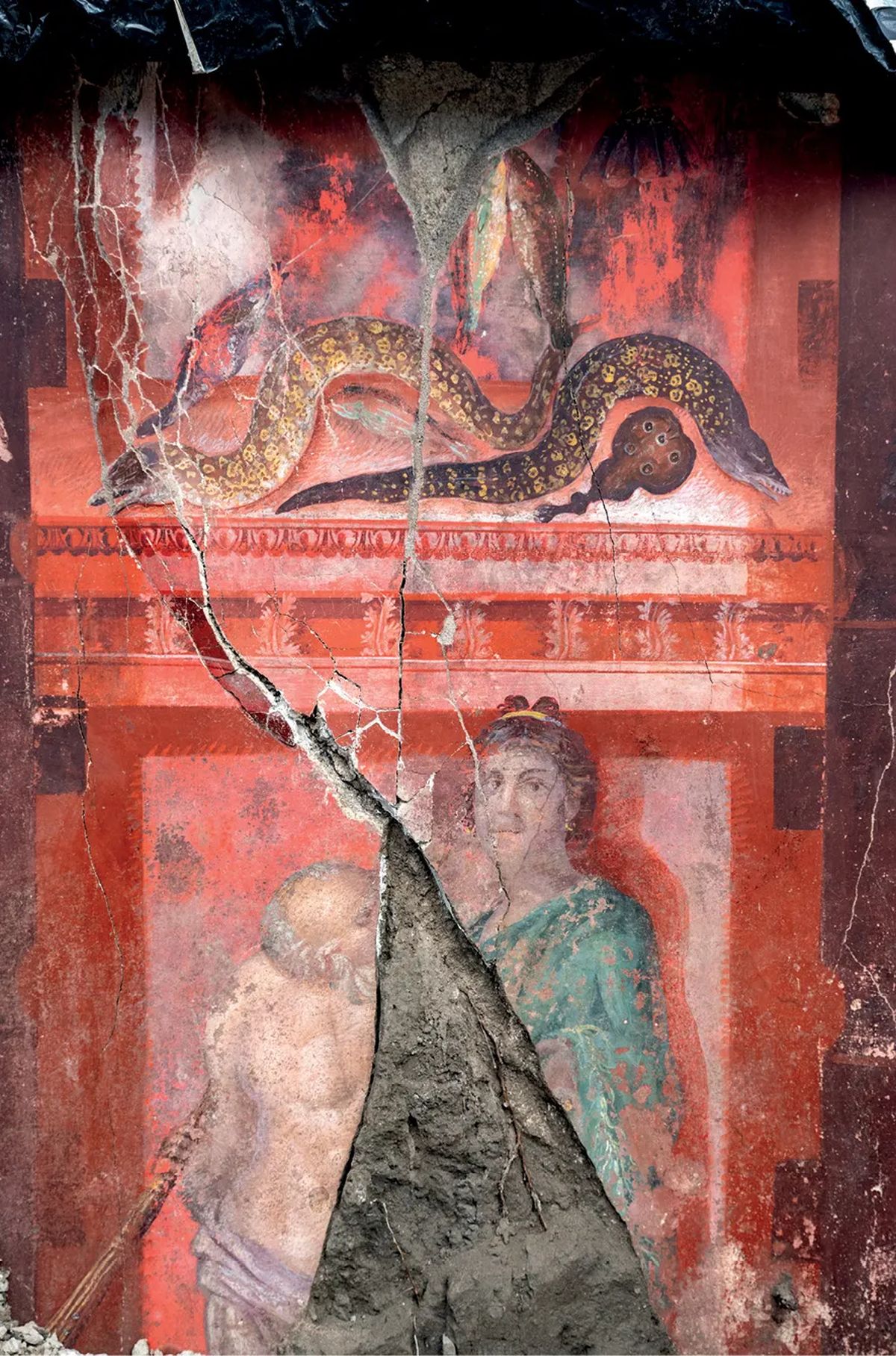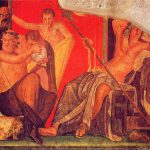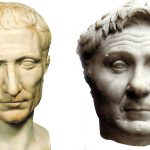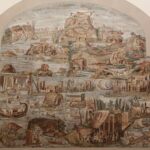In Pompeii, in Insula 10 (Casa del Tiaso) in Region IX, archaeologists have discovered an exceptional fresco depicting rituals related to the cult of Dionysus. It is located in the large banquet hall and decorates three walls of the room, while the fourth opens onto the garden.
The fresco, made in the so-called second Pompeian style, is dated to the 40s–30s of the 1st century BCE. The painting depicts figures in almost life-size) and shows a Dionysian procession consisting of Bacchantes and satyrs. Painted columns divide the fresco into 17 panels, each depicting a different figure.
The purpose of the procession was to honor the god Dionysus (Roman god Bacchus), the god of wine, fertility, and it was part of the Dionysian mysteries.
Interestingly, scientists claim that the room was entered in the 18th century and the marble objects and the central part of the mosaic were taken away.
- A woman in a green dress, accompanied by old Silenus








